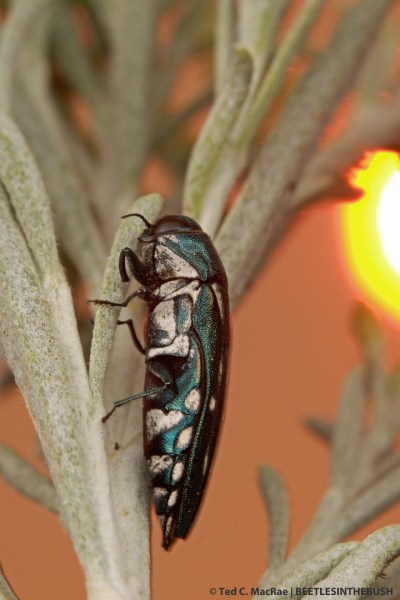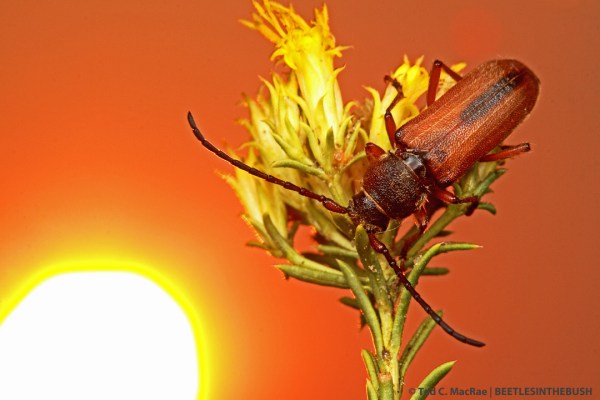Madam and I are staying in South Lake Tahoe this week, so today I took advantage of this rare opportunity to do some fall insect collecting in western North America. In many insect groups, most species have finished their business for the season by the time autumn arrives. This is especially true for my beloved longhorned beetles, whose spring/early summer flush is now but a distant memory. There are a few genera of longhorned beetles, however, that wait precisely until autumn before making their appearance—Megacyllene and Tragidion being the best-known examples in eastern North America, and Crossidius being the best known out west. I adore autumn collecting, both in the east and in the west—its cooler temperatures and lower humidity make conditions incredibly pleasant, and the longer shadows cast by a low-hanging sun make the landscape—gently morphing from monotonous tones of greens to dazzling shades of amber, tawny, and gold—even more stunning.
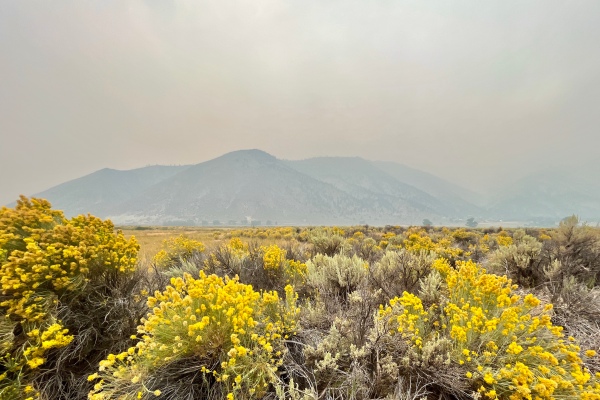
I figured my best shot for Crossidius was in the sagebrush habitat below the eastern slope of the Sierra Nevada, so I took the Kingsbury Grade over Dagget Pass and found some good looking habitat near Genoa with nice stands of Ericameria nauseosa (rubber rabbitbrush)—host of Crossidius coralinus—in peak bloom. It took quite a bit of work to find the beetles, and for the first half-hour the only insects I saw were non-native honey bees (eventually I did see a few native bees as well, which I collected for Mike Arduser). I also checked some Asclepias speciosa (showy milkweed) that I found hoping to find Tetraopes femoratus (red-femured milkweed borer) but saw only Polistes dominula (European paper wasp).
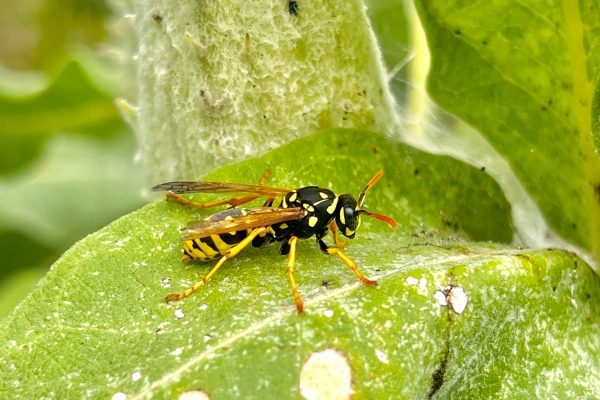
After quite a bit of seeching, I finally found a Crossidius adult, although it was not C. coralinus but rather the all-black C. ater.

Very quickly afterwards, however, I found the first C. coralinus, and over the next half-hour I collected about a dozen males and females of C. coralinus and one more C. ater.
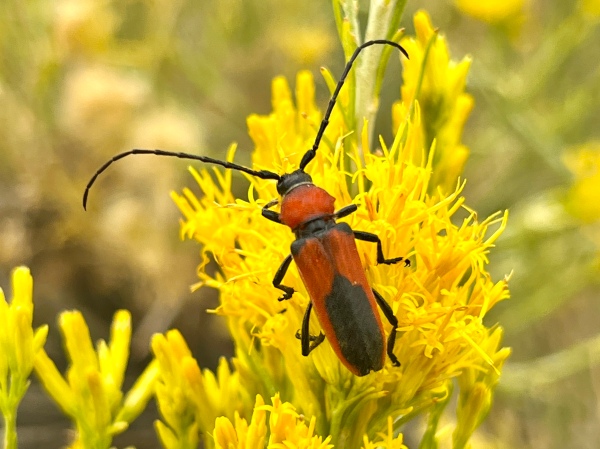
Crossidius coralinus has been divided into several subspecies based on differences in markings and coloration across its geographical range—in this area, the species is assignable to subspecies C. coralinus temprans. I did a final check of the stands near where I parked and found one more adult C. coralinus, after which I decided I’d seen enough and went to another spot to look for different species of Crossidius.
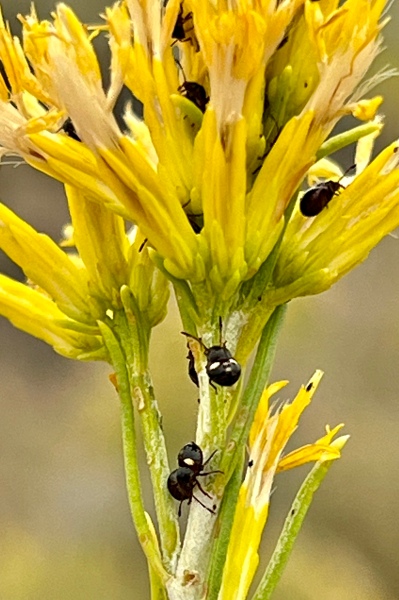
After having such good luck with C. coralinus on E. nauseosa, I went a few miles further north to Jack’s Valley Habitat Management Area where I saw a different species of rabbitbrush (Chrysothamnus viscidiflorus, or yellow rabbitbrush) in bloom.

Yellow rabbitbrush is the host of a different species of Crossidius in this area—C. hirtipes, and I hoped I might be able to find this species as well. It didn’t take long, as I found a small female hiding in the inflorescence of one of the first rabbitbrush plants that I looked at. As sometimes happens, however, my early success was followed by an extended time without seeing another beetle.

The plants were sparse in the sagebrush habitat, and I zigzagged my way from plant to plant going west from the trailhead. Despite the lack of beetles, there were other insects active on the flowers, including assassin bugs and digger wasps.

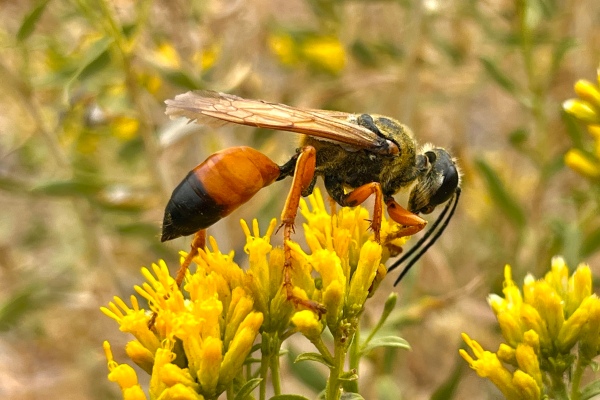
Eventually, I came upon an area where the plants were more abundant, and I started encountering beetles more regularly, including several big males perched atop the flowers and another C. ater adult hiding inside the flowers on one of these same plants.

Bees—other than honey bees—were scarse, but I managed to pick up a few for Mike, and I also collected a few Eleodes sp. (desert stink beetles) that were, for some reason, crawling and perching on the rabbitbrush flowers. I’ve never thought of darkling beetles—at least those in the genus Eleodes—as anthophilous, and maybe this habit isn’t strict anthophily, per se, but it was remarkable to see so many of these beetles associated with the plants and hardly a single individual crawling about on the ground.

After a couple hours worth of effort, I’d secured about a dozen C. hirtipes, which, like C. coralinus, has been assigned to several subspecies (populations in this area being assignable to subspecies C. hirtipes immaculatus)—enough for my purposes, and I left to head back up into the mountains.

I’d hoped to find one more spot up in the mountains, but the sinking sun and rising elevation conspired to make conditions much too cool for all but the most persistent insects. I did stop at a powerline cut, where recently-cut Jeffrey pine (Pinus jeffreyi) trunks, stumps, and branches provided a perfect attractor for wood-boring beetles. Sadly, none were seen, even on the undersides of the logs and branches. Thus, my rare chance for fall insect collecting in western North America came to a close.
©️ Ted C. MacRae 2022

















